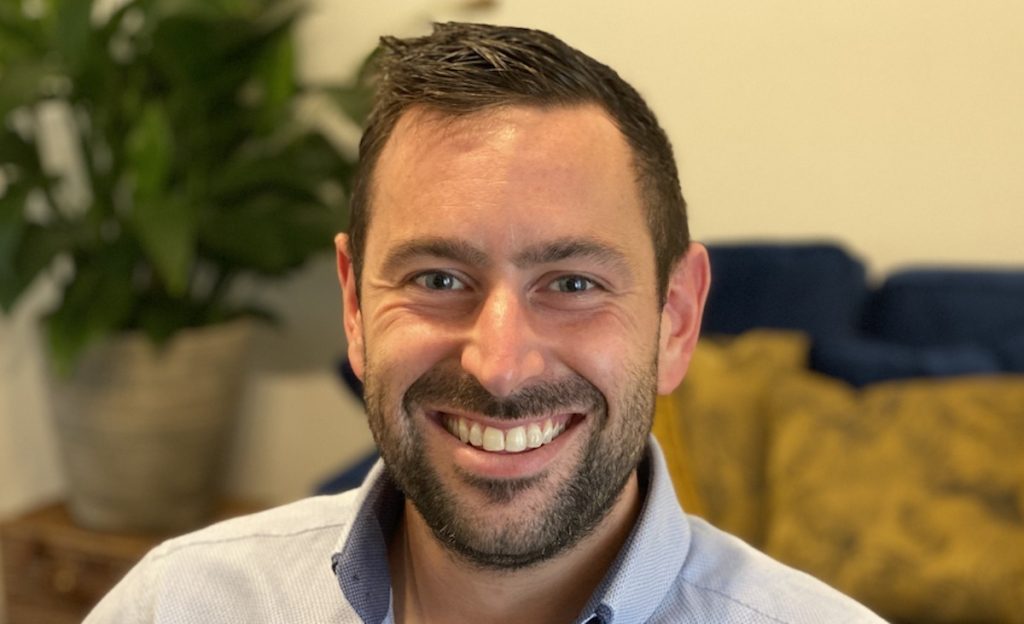
After more than 35 years of operation, TBI is closing its doors and our website will no longer be updated daily. Thank you for all of your support.
Getting the most out of hybrid working
Olly Strous is CTO at UK-based factual production outfit Zinc Media Group, whose various labels are behind productions such as Fighter Pilots: The Real Top Gun and Ian Wright: Home Truths. Here, he considers how companies can best approach a partial return to the office as pandemic restrictions ease.
The last year has shown us how well we can pivot not just as an industry but as a race, with tech deployed to work remotely and collaboration tools like Teams, Zoom, Trello and Slack becoming commonplace in our daily lives. However, as we start to really consider what returning to an office looks like in a practical sense, there is a lot of work to be done to make “hybrid” working a viable and worthwhile experience for all. After all, the way things work (or don’t work) between us can affect everything from staff and freelancer morale, to how successful our businesses are.
As Zinc has started its slow, considered return to the office it has focused our minds more on what we want to achieve in the building. Our biggest priorities have to be: is the business thriving? Are our staff firing on all cylinders in their setting? Is the way we work fuelling creativity rather than hampering it? How do we create the appropriate environment for them to be successful in their roles and how do we nurture and train the next generation?
My personal commute is a 2.5 hour round trip costing £23 a day. When I work from home, I can drop my kids at school, be at my desk by 9am and I have a high level of productivity, collaborating regularly through the appropriate tools. This is a work-life balance you hadn’t even realised you’d been missing.
However, being in the office isn’t just about the space you’re working in, it’s about those chance conversations and the relationships you build with your colleagues that allow you to work closer and more collaboratively. It’s about everyone’s creative teams being able to spark ideas off each other, helping them come up with innovative and even more ambitious programme ideas. So the creation of the right kind of hybrid model is going to be extremely important for all our businesses moving forward.
Teaching old dogs new tricks
So, whilst there is clear value in a hybrid model, it isn’t without its challenges. Everyone I’ve spoken with seems to be asking the same questions. How much physical office space do you need so that you can accommodate peaks? How do you factor into the new working culture the best of the collaborative nature of the office environment, with the flexibility of working from home? How do you offer ultimate flexible working so that employees know when their colleagues are in the office to make an “office day” worthwhile? How do you host a meeting with both “in office” and remote participants all having equal input? How do you retain a vibrant office culture if there aren’t predictable volumes of staff in each day?
We retrained our behaviour back in March 2020 and we’ll have to retrain all over again to return to the office. For example, development and production meetings are key to a production company’s creative and commercial success, unlocking new ideas and developing new creative innovations. Physical proximity seems to make it easier to develop and debate. However, we may no longer be able to do these in the room together. Not only do we have to build a new mindset around these meetings, we have to build a new etiquette around how we hold a hybrid collaborative meeting with distributed and local participants.
Meetings currently seem oddly more engaging when participants are either all remote or all in the room, rather than a blend of the two. It levels the playing field somewhat, with no unintentional ‘in office’ vs ‘remote’ dynamics. So, it’s really important that companies bring out the best of all participants no matter where they are based. Learning how to run successful blended meetings is the key to all our success. The industry is making great strides, but it still hasn’t formulated that long-term solution. We’ll get there but I don’t think it’s one that technology alone will solve.
The social element
Discipline in how we structure our calendars will be the biggest key to a successful hybrid. Scheduling task-driven days from home, supplemented with the appropriate sprinkling of virtual meetings and a conscious decision for a number of ‘social days’ a week in the office, in which we hold face-to-face meetings and engage with colleagues, is a winning combination for me. However, that isn’t the same for everyone; the role they do or their personal living arrangements will be large contributing factors.
The software solutions are there to help us, with products to suit most levels of budget. The technology may be waiting, but it’s up to us to work out what we need it to do – for the benefit of all our people, our pipeline, our productions and our wider business needs. It offers us all a real opportunity to embrace a new way of working.





